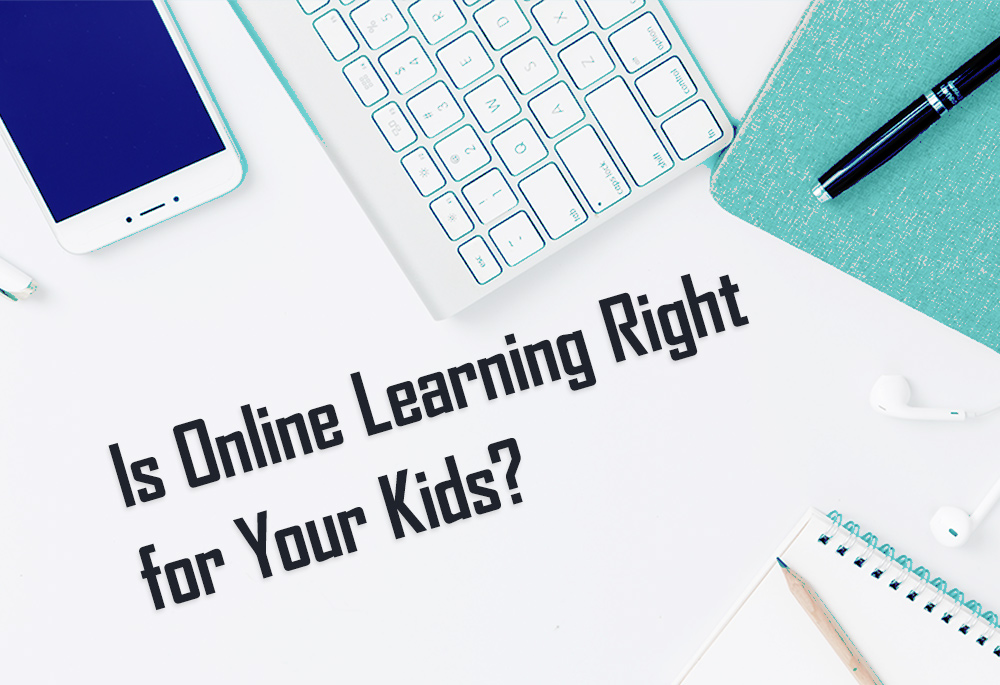Not everyone learns the same way. Some people are visual learners, while others need a more hands-on approach. As technology advances, so do learning methods. We are no longer limited to pens, papers, and printed books. Now, there is a whole new way to learn: online. We have a universe-worth of information accessible with just a few keystrokes (or even voice commands). We can draw plans using electronic pens and transfer our ideas directly into computers. We can transform our voice, appearance, and personality. We can even get a post-secondary degree and learn another language, all through the internet.
But how does this translate to kids’ education? How can a parent or teacher select the best educational tools on the web from the millions of learning sites available? How can we know if online learning is right for the young students in our lives in the first place? What are the advantages of diving into the world of e-learning?
Online learning does not have to be the only way that learning takes place. In fact, many students use the online environment to practice skills already developed in a more traditional educational atmosphere. For example, children learning to read in a regular school setting can strengthen their already established reading skills through online exercises. These platforms can be used as a primary learning tool or an extension of the classroom, where kids can go at their own pace, study from anywhere, and feel more comfortable—both physically and mentally.
This type of studying relieves the pressures of busy classrooms, competitive classmates, and rigorous school hours and regulations. Learners using an online program do not have to depend on anyone once they have access to it. If the desire is there, they alone manage their pace. One day, they might devote 15 minutes to learning online; another day, they might be inspired to work longer. This isn’t to say that e-learning is independent from parents or teachers. Indeed, many programs provide tools to track progress in real time, giving students, teachers, and parents immediate feedback. Strengths and weaknesses are identified early to highlight areas on which students (and educators!) should focus. Online tools can easily be integrated into the modern classroom and transform the home into a more educational environment.
Ready to give online learning a try with your kids or students? Look no further than DC Canada’s Reading Program, the perfect mixture of audio-visual and hands-on online education. From the very basics of letter sounds to reading and understanding books, this interactive platform has it all! With interactive practice games for all levels, instant feedback and progress tracking, and hundreds of original stories and books complete with audio tracks, this platform is ideal for transitioning to a well-rounded 21st century style of education. In the words of John Dewey, “If we teach today as we taught yesterday, we rob our children of tomorrow.”

